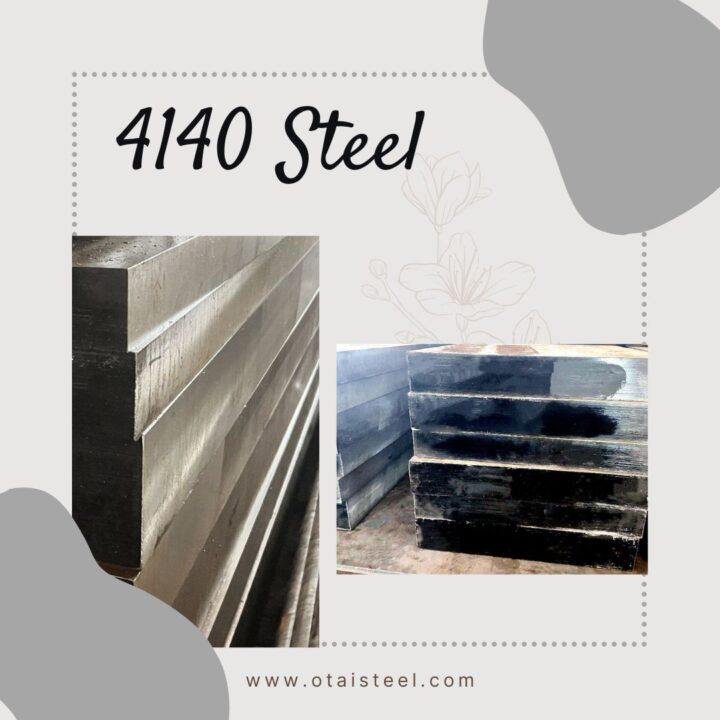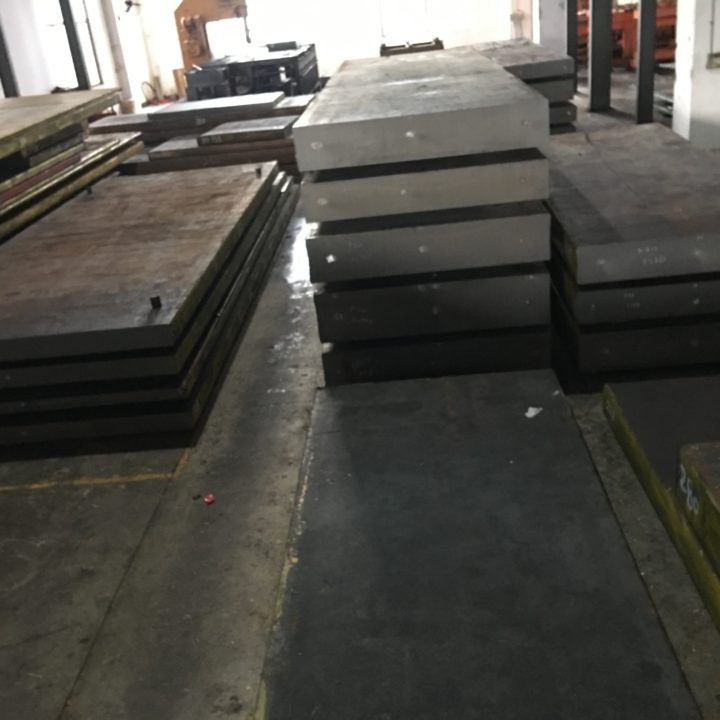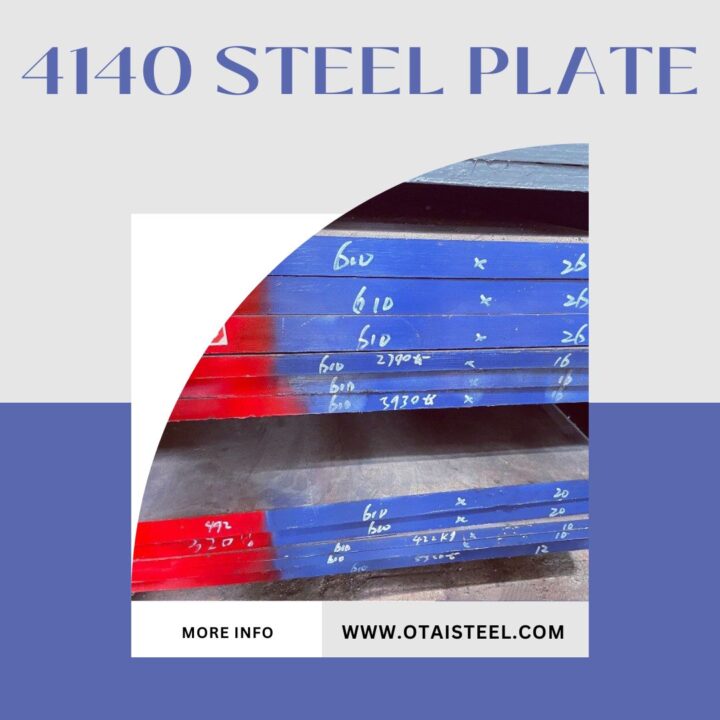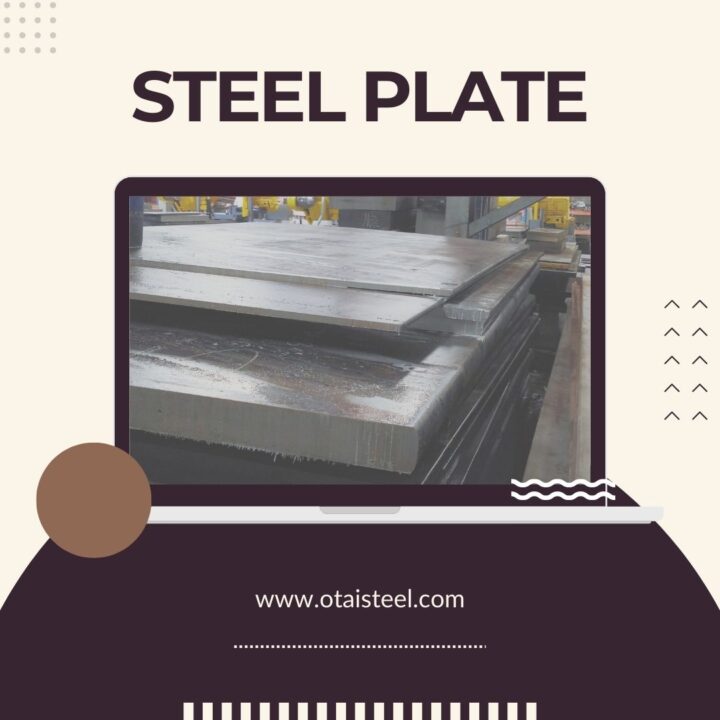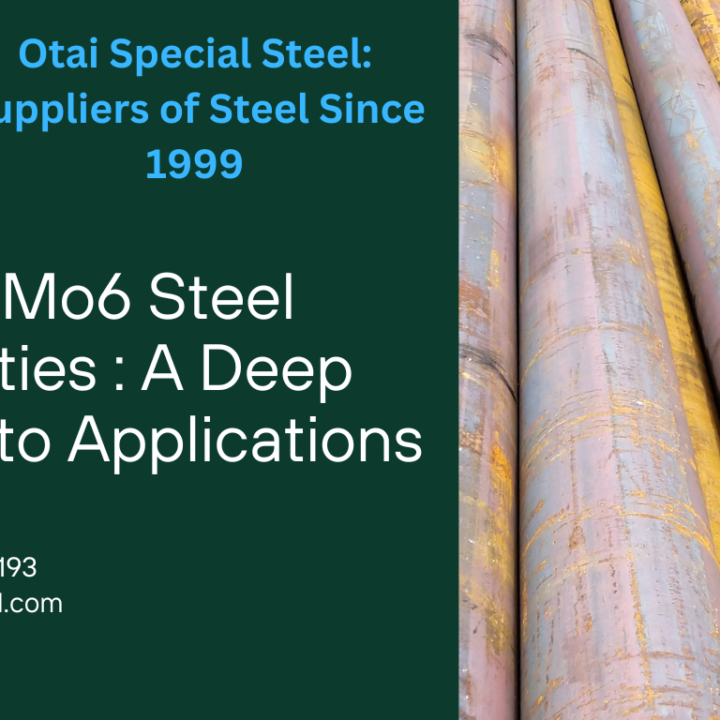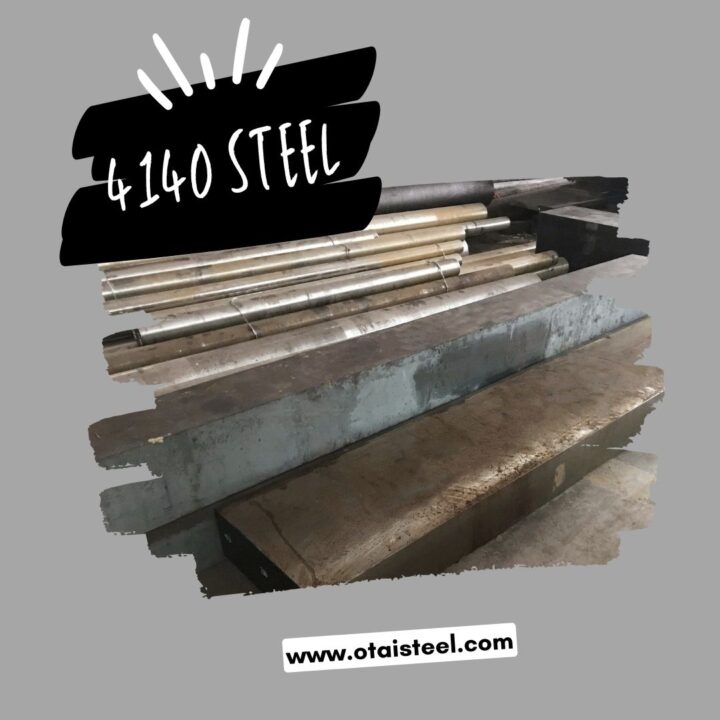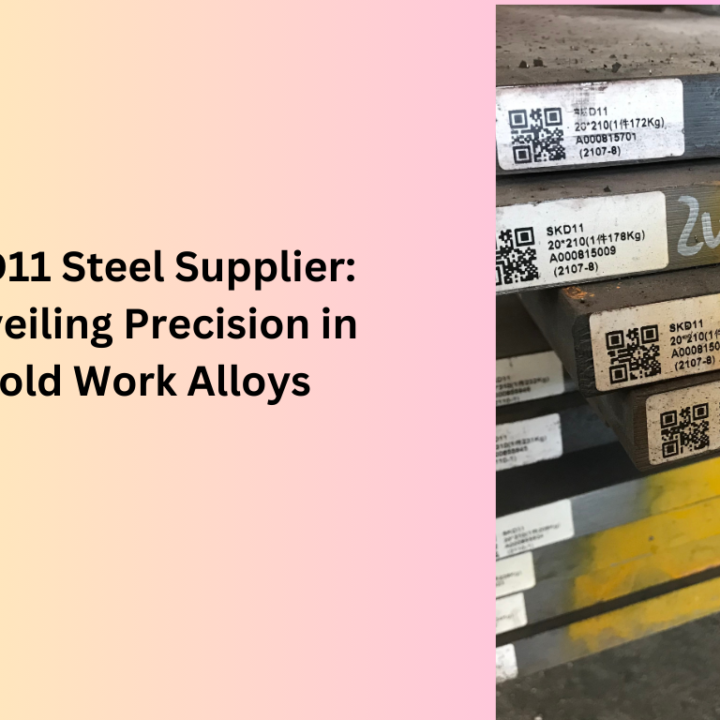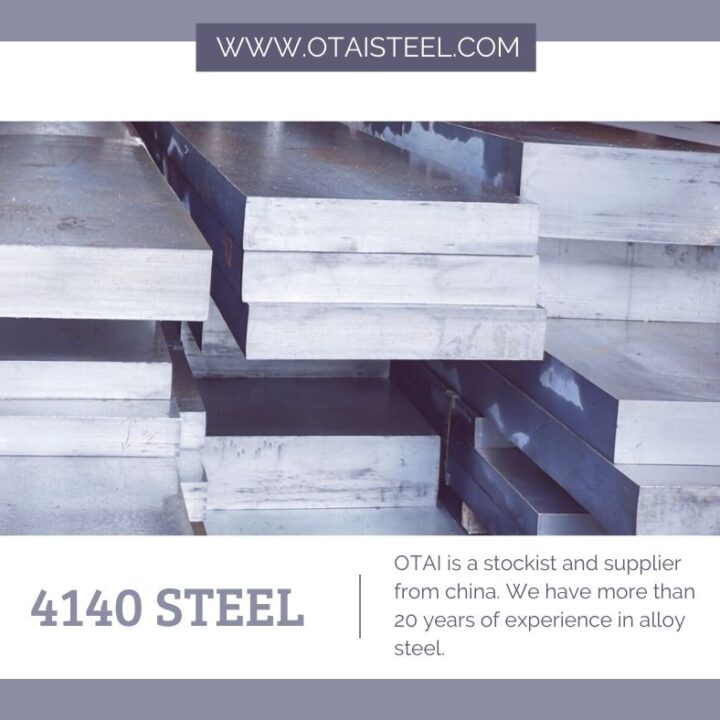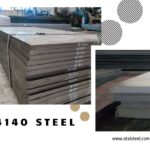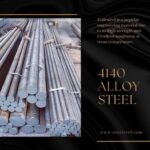Creep behavior and high-temperature strength are important properties to consider when selecting materials for applications in high-temperature environments. 4140 steel is a popular engineering material due to its high strength and excellent toughness at room temperature. However, its performance at elevated temperatures is also of great interest.
Creep is the time-dependent deformation of a material when subjected to a constant load at elevated temperatures.
Creep behavior is a crucial consideration when selecting materials for high-temperature applications. It can lead to the deformation and failure of the material over time. The creep behavior of 4140 steel is influenced by various factors, including temperature, load, and microstructure. At high temperatures, the steel may experience significant creep deformation, leading to material failure.
High-temperature strength is another important property to consider when selecting materials for high-temperature applications.
4140 steel exhibits high tensile and yield strength at room temperature, but its high-temperature strength may be compromised by creep deformation. The high-temperature strength of 4140 steel can be enhanced through various heat treatment processes, including annealing, quenching, and tempering.
Studies have shown that the creep behavior and high-temperature strength of 4140 steel can be improved through the addition of alloying elements such as chromium, molybdenum, and vanadium. These elements can increase the strength and stability of the material at high temperatures. It can reduce the risk of creep deformation and material failure.
The creep behavior and high-temperature strength of 4140 steel are important factors to consider when selecting materials for high-temperature applications. The addition of alloying elements and appropriate heat treatment can improve the high-temperature performance of 4140 steel, making it a suitable material for use in high-temperature environments in various industries, such as aerospace, automotive, and power generation.
